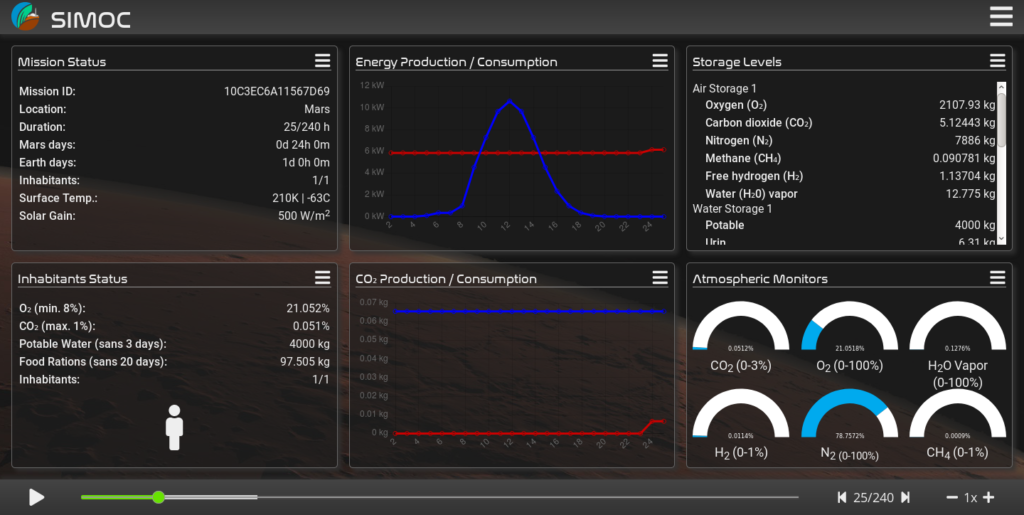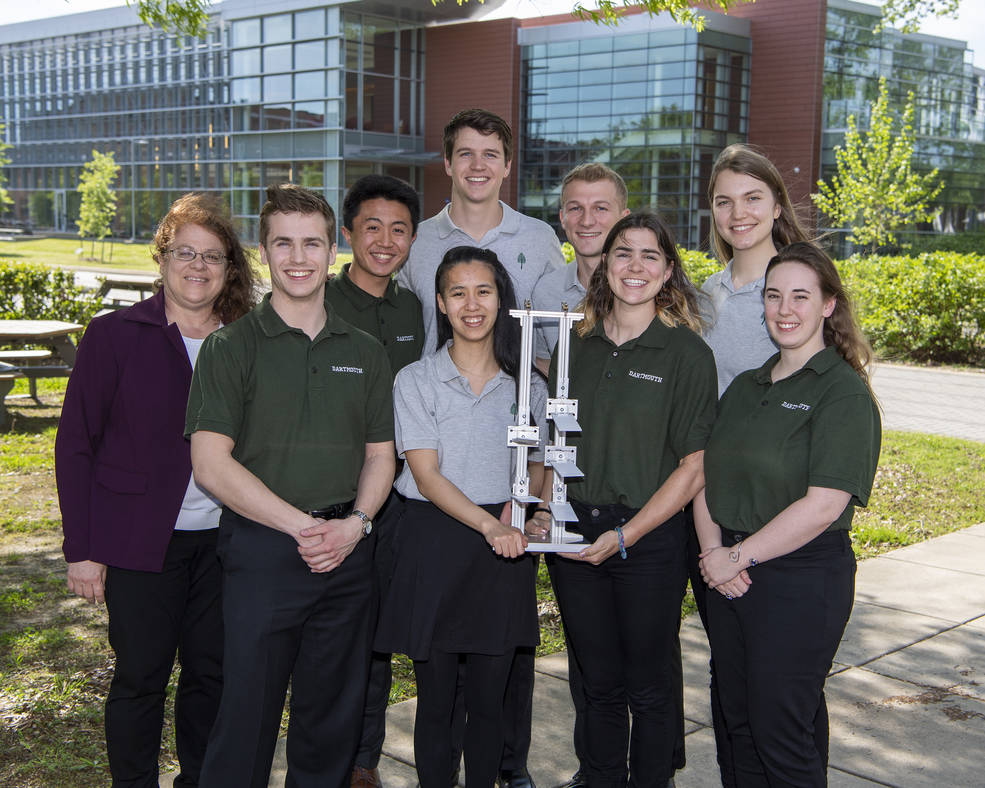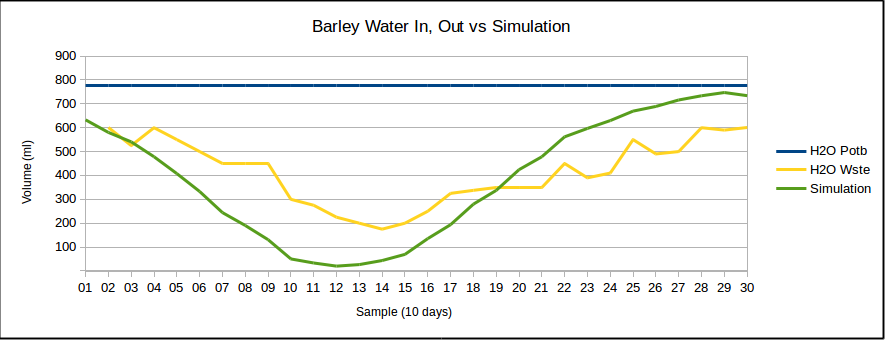SIMOC Phase IIIa beta is away!

We did it! Today we provided key partners with access to a beta release of SIMOC Phase IIIa. We now await their feedback, notes, and bugs in order to help us wrap the past ten months of development with the close of the year. Then we move into Phase IIIb in 2020, with the goal of improving realworld fidelity, the user Dashboard experience, and reliability over scalability across a cloud service platform. Come mid 2020, we intend to launch SIMOC a the Mational Geographic Education Resource Library.



